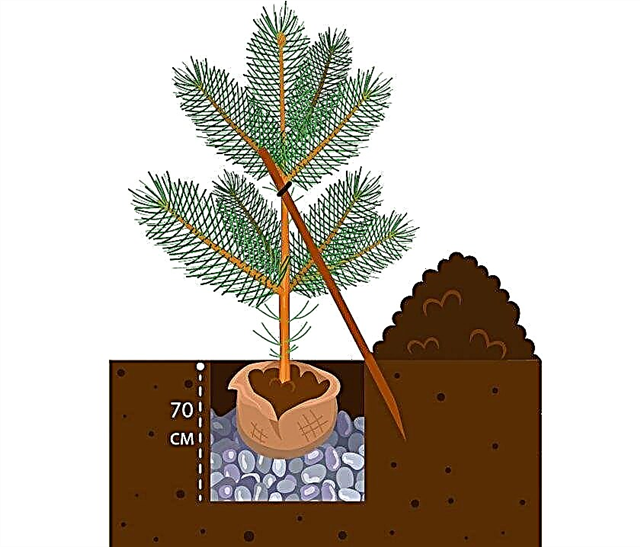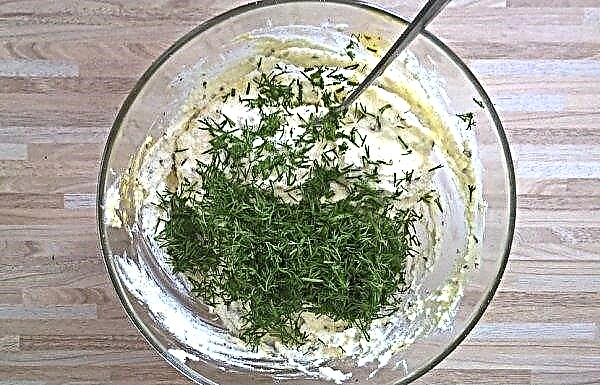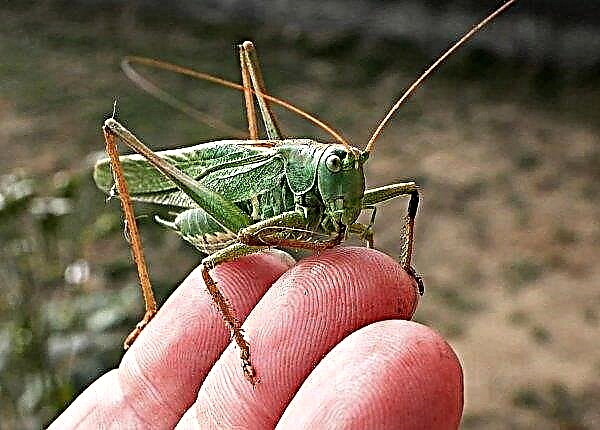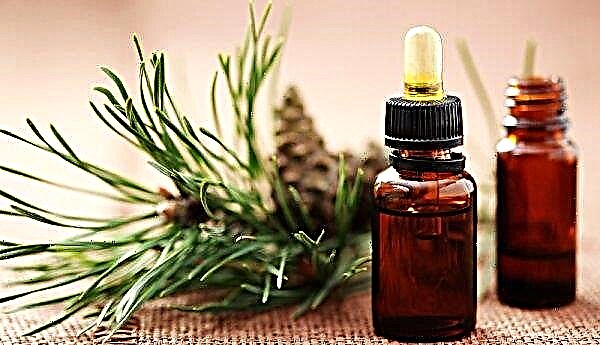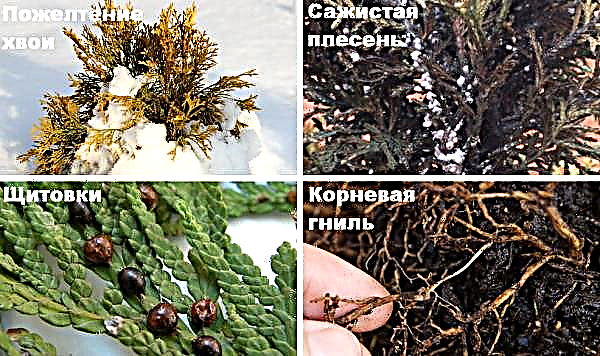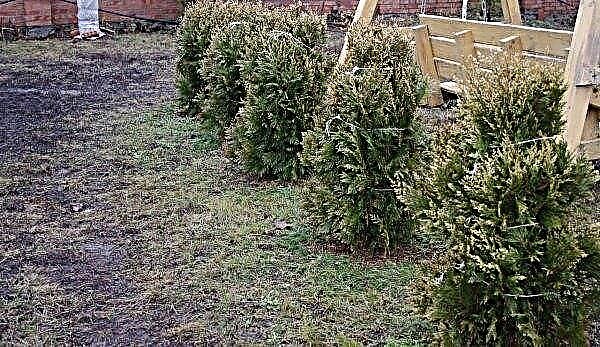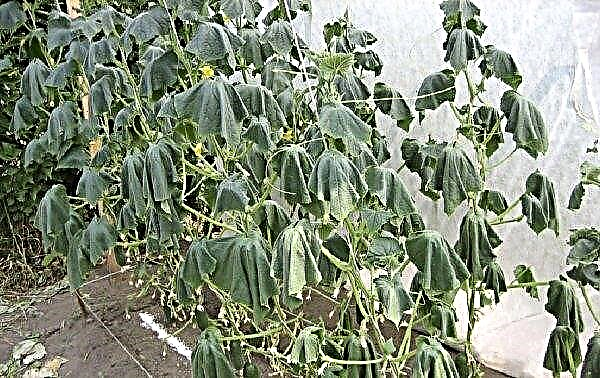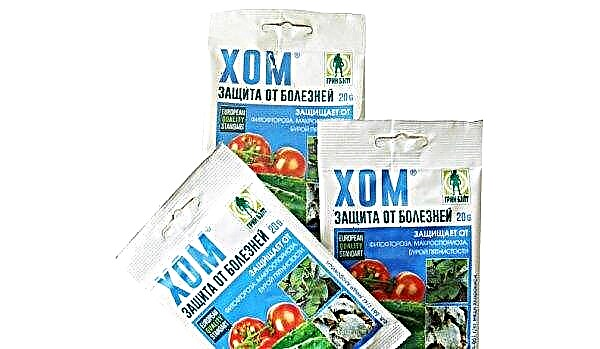Indoor flowers Achimeneses are increasingly occupied by window sills of domestic florists. They are appreciated because of the beautiful flowers of saturated colors and easy care. Breeders also love Achimenes. As a result of their work, many species, varieties and hybrids appeared. Let us get to know this flower better and learn how to care for it in a room.
Features of Achimenes
Achimenes is considered a member of the Gesnerius family. It is a grassy perennial native to South and Central America. It has erect or drooping shoots that branch weakly. By color, they can be dark green or reddish. Their roots are scaly in the form of rhizomes, in appearance similar to fir cones.
Petiolate leaves, oblong in shape, have notches along the edges and a sharp end. The color can be green, dark green, with a pink or purple hue. The lower plate is downy.
Achimenes blooms for a long time - from May to October. When creating favorable conditions and conducting quality care, it can bloom twice a year. His flowers are paired or single, axillary, have 5 petals and a corolla in the form of a tube.Did you know? The largest sculpture of fresh flowers in the world was made in Ecuador in 2018. It took almost 564 thousand roses to create it. Over 1,500 local residents worked on it.
Ahimenes are suitable for decorating various interiors. They are grown on window sills, shelves, in pots and hanging baskets as ampelous and cascading plants.
Plant differences
Achimeneses differ in such characteristics:
- Type of shoots - there are species in which they grow upward (upright), and there are species in which they wilt (ampelous).
- Bush height - various species, varieties and hybrids form bushes with a height of 30 to 50 cm.
- Bud size - there are small, medium and large, reaching in diameter from 2.5 to 6 cm.
- The color scheme of buds - the petals can be pink, purple, white, red, yellow, orange.
- Terry level of flowers - the petals are smooth, semi-double and double.
- Flower shape - during flowering, round, long, bell-shaped buds are formed.
The best varieties of plants with a description
Today, there are over 50 varieties and a large number of hybrid forms of achimenes.
We offer to get acquainted with the most popular of them:
- Achimenes mexicana. Bush height - up to 50 cm. Large flowers - up to 5 cm across. The color of the petals is different: white, purple, pink.
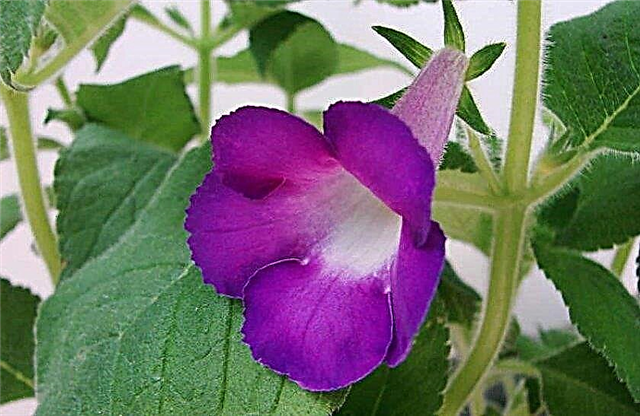
- Achimenes candida. It is characterized by bushes up to 40 cm high and red shoots. It blooms profusely with small white flowers with a yellow pharynx.

- Achimenes fimbriata. The bush grows to 30 cm. It has erect or creeping branches. The flowers are white.
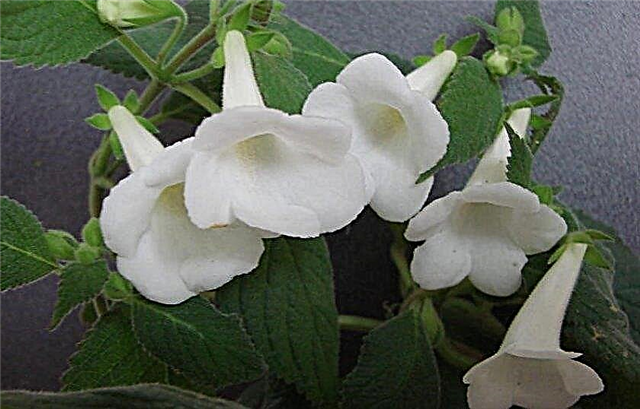
- Achimenes grandiflora. Gives tall bushes up to 60 cm and large red flowers.
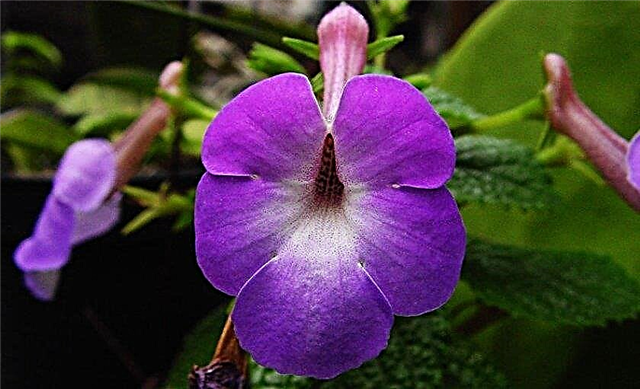
These are the main varieties, when crossed, they managed to get the variety of Achimeneses that exist today.
A very interesting series of hybrids from breeder Serge Saliba.Did you know? In Singapore, made the largest chandelier of fresh flowers. Its height is 17 m, length is 10 m. To produce it, 260 students, schoolchildren, gardeners, and park staff were involved. The chandelier entered the Guinness Book of Records.
It includes:
- Queen of lace. The bush grows compact. It can also be grown as an ampel plant. The flowers are large, with terry petals of pink color with a purple hue.
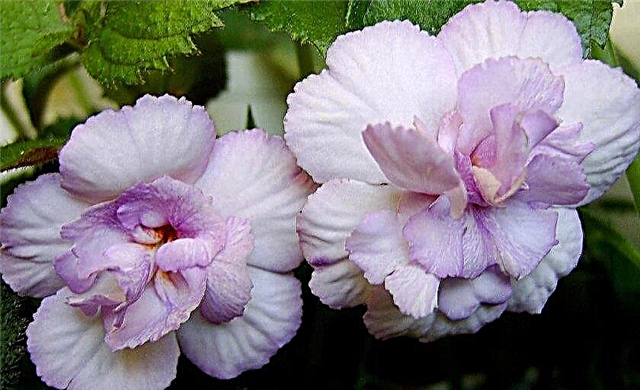
- Made in heaven. Variety with a compact bush, erect shoots, small, narrow and long leaves, terry large flowers of lilac color.

- Aurora Charm. A very beautiful hybrid with a small erect bush and original flowers in shape and color. They are wavy, pink in color. A darker star is visible in the center.
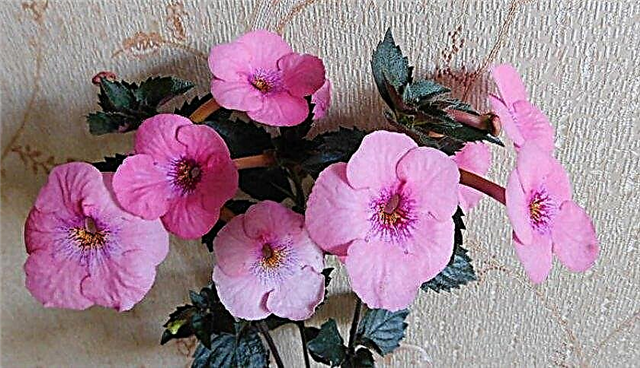
- Najuu. Shrub variety with erect shoots. He has white flowers of medium size with a beautiful design of the pharynx - it is yellow in color with brown spots.
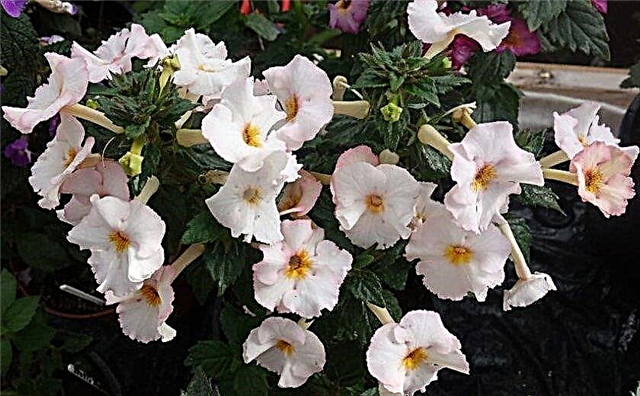
- Bianco natale. Large plant with large double flowers of white color. Lilac shade is possible.
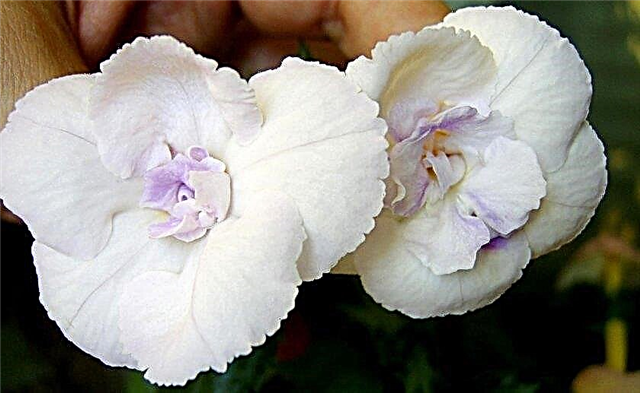
- Anastasia. Recognizable by small bushes and abundant pink blooms.
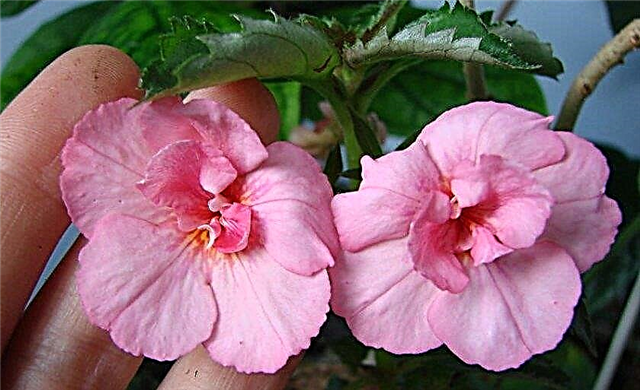
- Abendrot. Terry look with yellow petals. Thanks to drooping shoots, it can be grown as a cascade or ampelous plant.
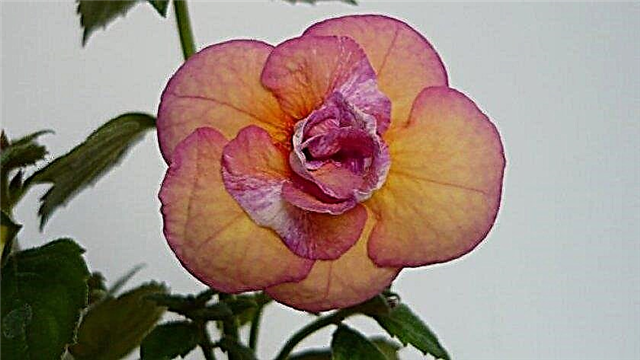
- Painted lady. An ampelous plant blooming with pink flowers, the center of which is painted in a yellow tint with purple dots.
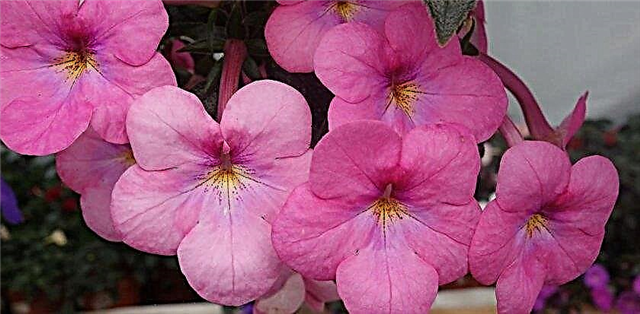
- Sagittarius. Miniature small-flowered hybrid with erect shoots. It blooms pink.
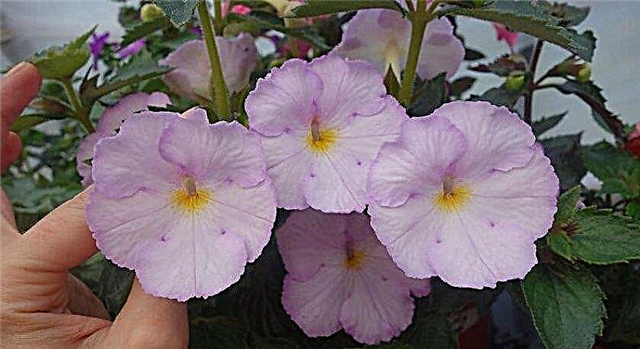
- Amie Saliba Improved. Beautiful flowering houseplant with medium terry buds of orange color.

- Lena Vera. Compact, flowering hybrid. Flowering beige.

- Genesis. Differs in plentiful blossoming. Bright purple flowers do not open to the end - the petals in the center remain closed.
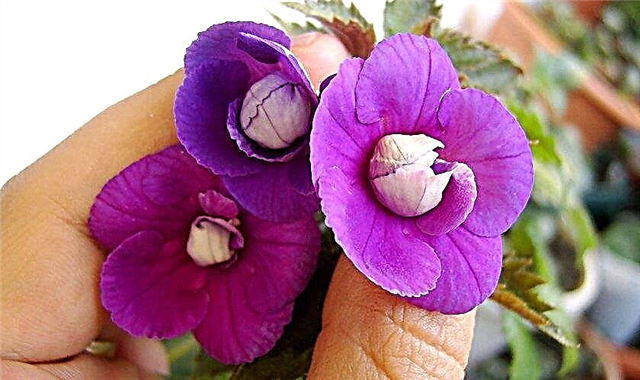
- Mary poppins. Miniature hybrid achimenes with orange flowers.
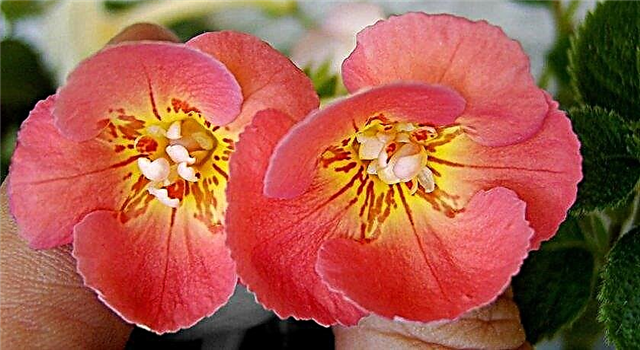
- Venice. Hybrid with a small bush and leaves, medium-sized flowers of purple color.

- Saint malo. Terry variety of lilac-blue color. It is characterized by compactness and plentiful flowering.

- Alter ego. A hybrid variety with tall, well-branched bushes and large flowers of blue-violet color.
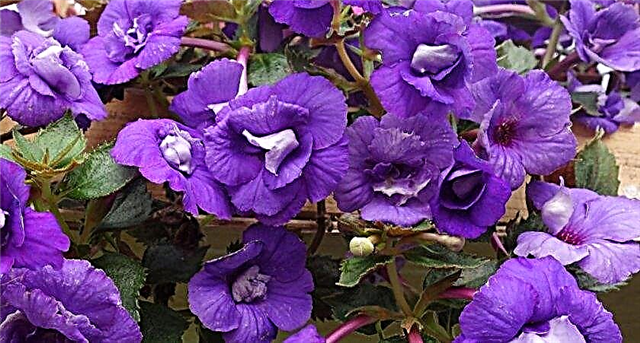
The following varieties of Saliba selection also deserve attention:
- violet and blue violet: Poseidon, Plum Orchard, Nana Renee, Summer Rain, Vie en Bleu, Fluffy Wambler;
- yellow: Cytro, Strawberry Lemon, Limoncello, Hot Spot, Amie Saliba, Honey Queen, Yellow Fever, Hugues Aufray, Sun Dance, Santiano;
- orange: Terracotta, Orange Orchard;
- lavender: Champs de Lavande, Shy Sun;
- white: Summer Clouds, Icy Volga, Tamara Khorkina;
- reds: Petite Fadette, Lady in Black, Vanity.
Hybrids of other breeders are also of interest:
- Himalayan sunrise. Forms an erect bush. Blossoms in white with a yellow tint and lemon throat.
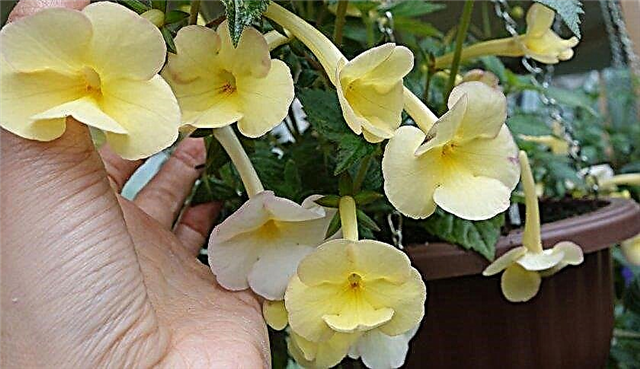
- Red elfe. A small plant with erect branches and red flowering.

- Summer festival. Large-flowered variety. Forms a tall erect bush. It blooms pink.
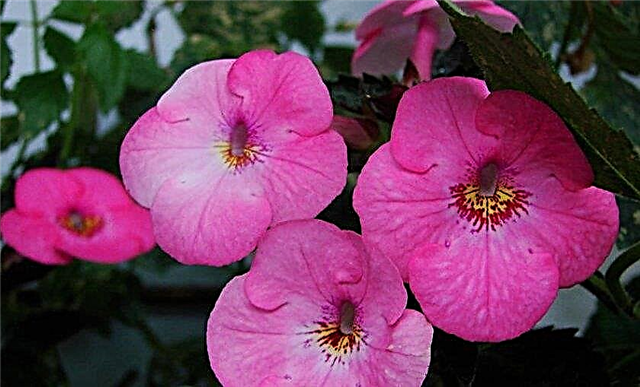
- Rosy frost. Semi-ampelous bushes grow medium in size. Petals are pink with a white spot in the center.
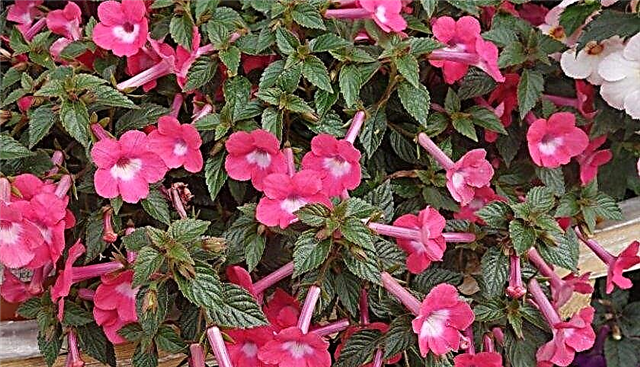
- Elegance. It is characterized by very large beetroot flowers with a yellow center mottled with brown strokes.

- Blueberry ripple. Translated, its name sounds like "blueberry ripples." It has large flowers with wavy edges of a pink-purple hue and a yellow mark at the pharynx.
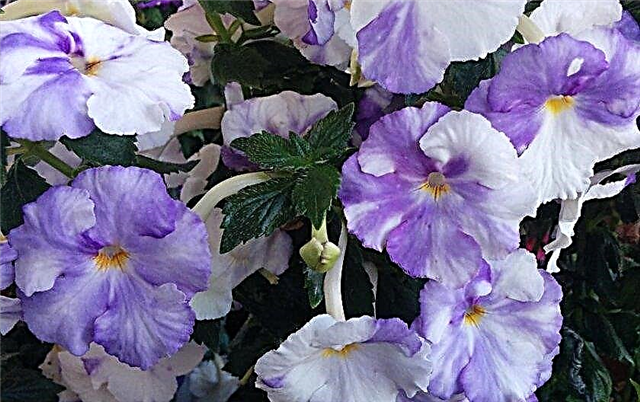
- Tetra verschaffelt. A plant with drooping shoots and large white flowers, painted with a purple net and decorated with a yellow spot near the pharynx.

- Peach blossom. Indoor culture with pastel pink bloom and ampelous shoots.
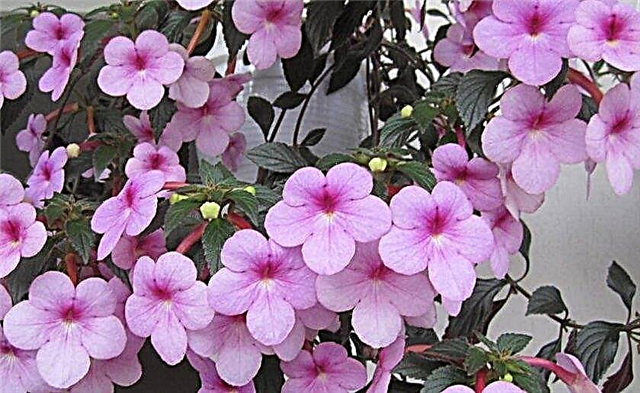
- Lavender fancy. It forms compact bushes with lavender-purple flowers that look beautiful against the background of bright green foliage.

- Yellow beauty. It has stiff shoots, dark foliage with serrated edges, yellow petals with brown strokes at the entrance to the pharynx.
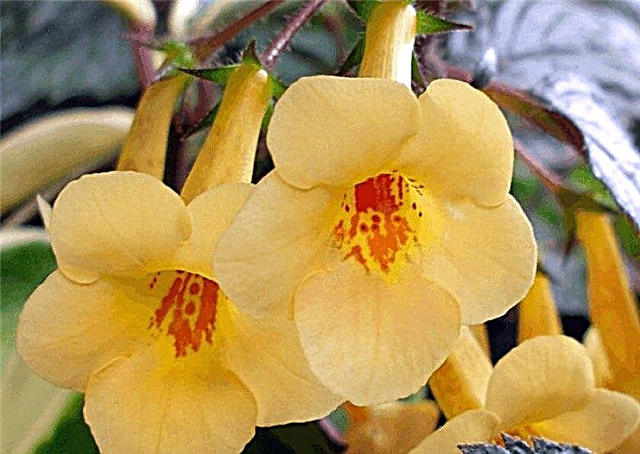
- Rainbow warrior. Bush, abundantly flowering variety. Flowering purple.
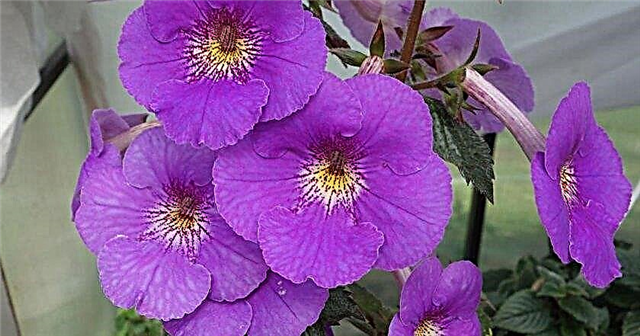
- Sabrina. Compact variety with medium-sized coral pink flowers.
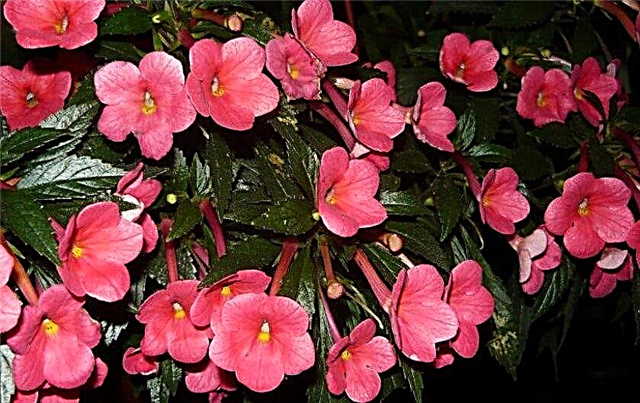
- Purple triumph. Blooms profusely purple with a lavender tint. The surface of the petals is textured. It grows by a bush.
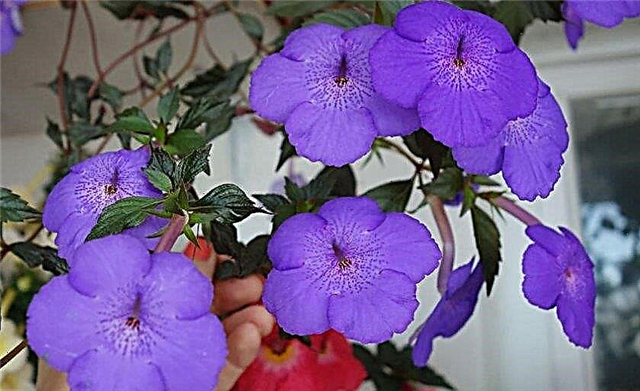
- Glory. Differs in compactness and plentiful flowering of a coral shade.
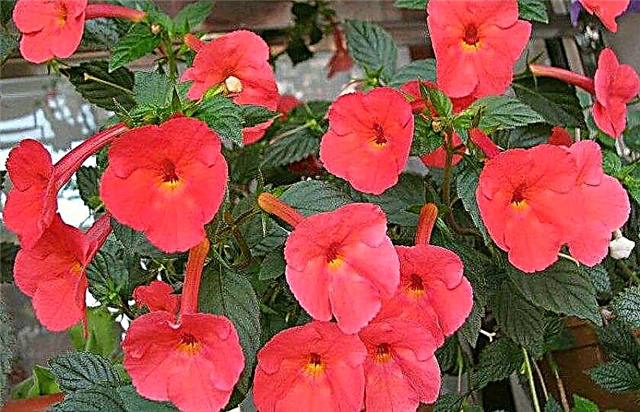
- Ambroise verschaffelt. Ampel plant with large white flowers painted in purple net pattern.
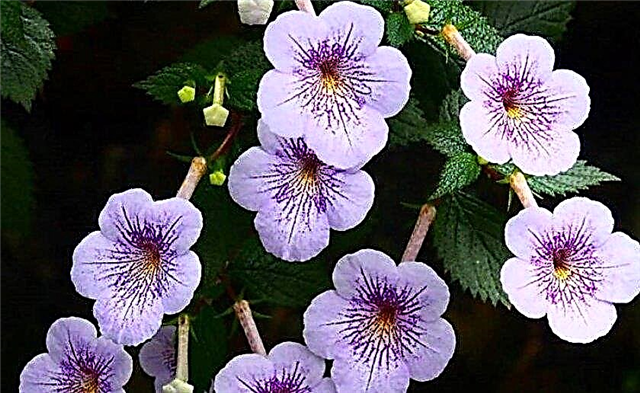
Features of care and growing
Almost all Achimeneses are unpretentious and undemanding to special growing conditions. In order to achieve maximum decorativeness from the plant, plentiful and long flowering, it is necessary to adhere to the recommendations below.
Optimal conditions
Ahimenez needs a bright diffused light. The best place to grow - windows with access to the west and east. From direct sunlight, the plant must be shaded.
Achimenes develops well at warm temperatures in the range of +22 ... + 25 ° С. In the process of active growth, it is necessary to ensure that in the room where the indoor culture grows, the thermometer column does not fall below + 20 ° C.
In summer, it is advisable to take Achimenes to fresh air - to a terrace, balcony, loggia. But it is important to control that it does not fall under the influence of sudden changes in temperature and does not freeze at night.Important! If you choose varieties with dark leaves, then they need more light. Achimeneses with light or colorful coloring of leaves can put up with partial shade.
In winter, Achimenes begins a period of rest. At this time, a temperature reduction to + 10 ... + 15 ° C is required.
Humidity needs increased - not less than 60%. Humidify the air by installing a humidifier or placing the pot on a pallet with wet pebbles, expanded clay. Spraying for this plant is undesirable.
Video: Growing and caring for Achimenes at home
Watering and fertilizing
In the summer, Achimenes moisturize profusely. The next watering is carried out when the top soil layer dries. If the flower is watered enough, they check by sticking the stick in the ground - the soil should be moistened 2 cm deep.
Achimenes is watered in a classic way under the root, in a tray or by a wick method. To moisturize, use soft, settled, filtered or collected after precipitation water, warmed to room temperature.
Video: How to water achimenes
Since October, the number of irrigations has been gradually reduced. In winter, they should be scarce. Enough will be 2-3 large tablespoons of water per week.
In order for the plant to be distinguished by good health, stable growth and development, long and abundant flowering, it needs to be fed periodically. From late March to mid-September, purchased fertilizers developed for flowering indoor crops are introduced.
Pruning
To form a lush bush, you need to pinch. It is first produced when 3 pairs of leaves are formed on the shoot.
In the spring, pruning is done for sanitary purposes. Remove damaged, diseased, old shoots.
During flowering, faded buds are cut off. This will stimulate the appearance of new flowers.
Video: Pinching Achimenes
Transfer
A room culture transplant must be performed in the spring of each year, at the end of the dormant period. Preliminary, you should choose a wide and shallow pot. A third of it should occupy the drainage layer. Expanded clay, pebbles, coarse sand, and broken brick are used as drainage.
Achimenes is planted in light soil. It can be purchased at the store or made by hand by mixing sheet soil (3 parts), turf land (2 parts), peat (0.5 parts) and sand (1 part). It is also advisable to add in small quantities moss-sphagnum, charcoal.
The transplant procedure is as follows:Important! The purchased substrate does not need pre-treatment before planting. Self-made soil must be disinfected: calcine in the oven (microwave), pour with a solution of potassium permanganate, or freeze twice.
- The plant is removed from the old pot.
- Gently clean the rhizome from the ground.
- Inspect the roots for damage and rot. If necessary, trim and process slices.
- Put drainage at the bottom of the new tank.
- Sprinkle it with soil.
- They put a flower in the center of the container.
- Distribute the roots.
- They fill the rhizome with soil, leaving 1.5–2 cm from the edge of the pot.
- Spend a light compaction of the upper soil layer.
- Watered with warm soft water.
Video: Achimenes transplant via transhipment
Breeding methods
Achimenes at home is propagated in 2 ways:
- Rhizomes.
- Cuttings.
In the summer produce cuttings. Strong young shoots are selected and parts of 10–12 cm are cut from them. Each part should contain 1–2 internodes. Then the cuttings are placed in water for rooting. The fluid is completely replaced after 1-2 days. After the appearance of the roots, the cuttings are planted in fertile soil.
Cuttings can also be rooted in the soil. After planting, they are placed in a warm place and covered with a glass container or a plastic bottle. Shelter is removed after 7-10 days.
You can propagate achimenes and seeds. However, this process is quite time-consuming and is practically not practiced at home.

Dormancy and flowering period
The rest period of Achimenes comes in winter. At this time, the flower will need to create favorable conditions for sleep - first of all, lower the air temperature to + 15 ° C. It can be grown both in old soil and transplanted into a peat substrate. Some gardeners put rhizomes in sachets and store until the beginning of spring on the refrigerator door. Humidify the substrate very poorly.
The flowering period begins in May. This month, buds are laid and buds formed. During the flowering period, the plant needs a lot of light, more moisture and systematic feeding.
The flowering phase ends in September. There are fewer and fewer flowers; they are falling. In some species, this phase can last until October. From this month, the plant begins to prepare for winter sleep. His leaves turn yellow, brown and crumble. As a result, only rhizomes remain for the winter.
Video: Secrets of the abundant flowering of Achimenes
Plant diseases and pests
With errors in care, the plant can get sick and be affected by harmful insects. Of the diseases, root rot is the most dangerous for Achimenes. It develops with excessive watering and cold temperatures. If the lesion is not severe, then you can remove the damaged areas, sprinkle the places of cuts with crushed charcoal and treat with a fungicide, for example, “Fundazol”. Then you need a transplant in a new pot and soil.
Of the parasites, the flower is affected by aphids, spider mites, mealybugs:
- Aphids breed very fast. When it enters a plant, it drinks juices from it, leads to its oppression and death. The insect settles under the leaves. It is very small, so it is not always possible to make out. Treatment is performed by wiping with a soapy solution. With severe infection, they resort to spraying with insecticides - “Fitoverm”, “Aktellik”, etc.

- The spider mite also sucks juices from the plant. This is a small black or red insect that braids leaves and shoots with cobwebs. Settles on flowers growing in too dry and hot conditions. To get rid of the tick, it is necessary to maintain high air humidity, make soap wipes, spraying with chemical preparations Fitoverm, Iskra-M, Actellik.

- The mealybug can be recognized by the characteristic white coating on the plant. In the process of his life, he leaves white friable discharge. They destroy it with the help of wiping with soap solutions, treatment with a solution of green soap, tobacco and garlic infusions, preparations of Aktara, Biotlin, Calypso, Confidor, Fitoverm.









































